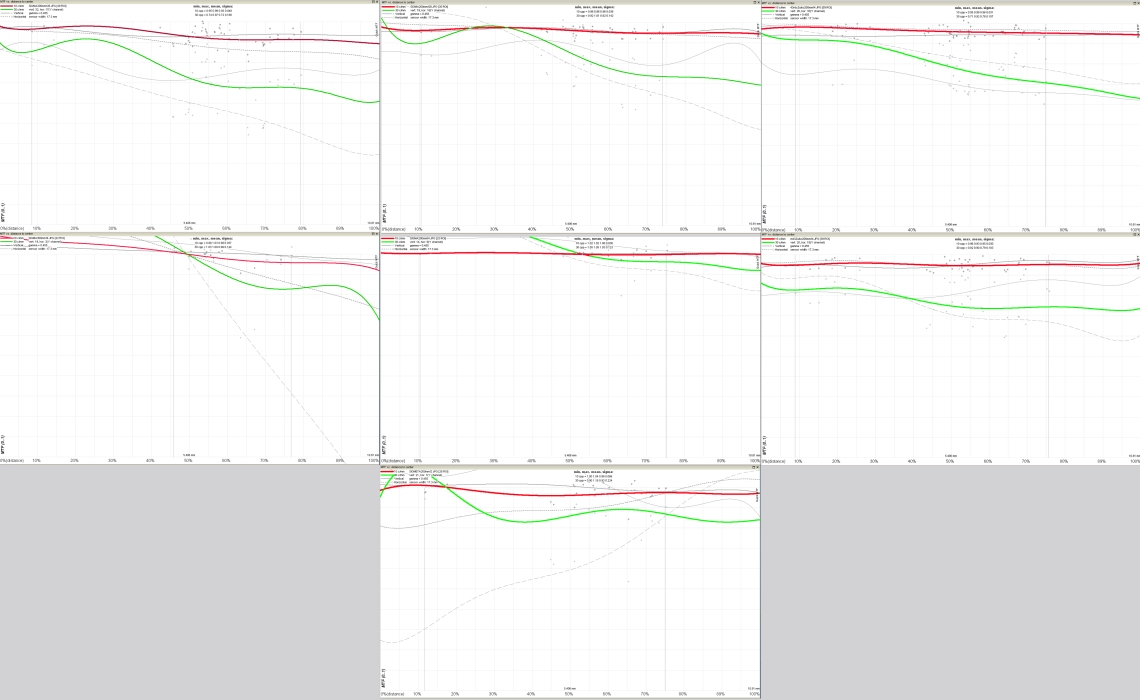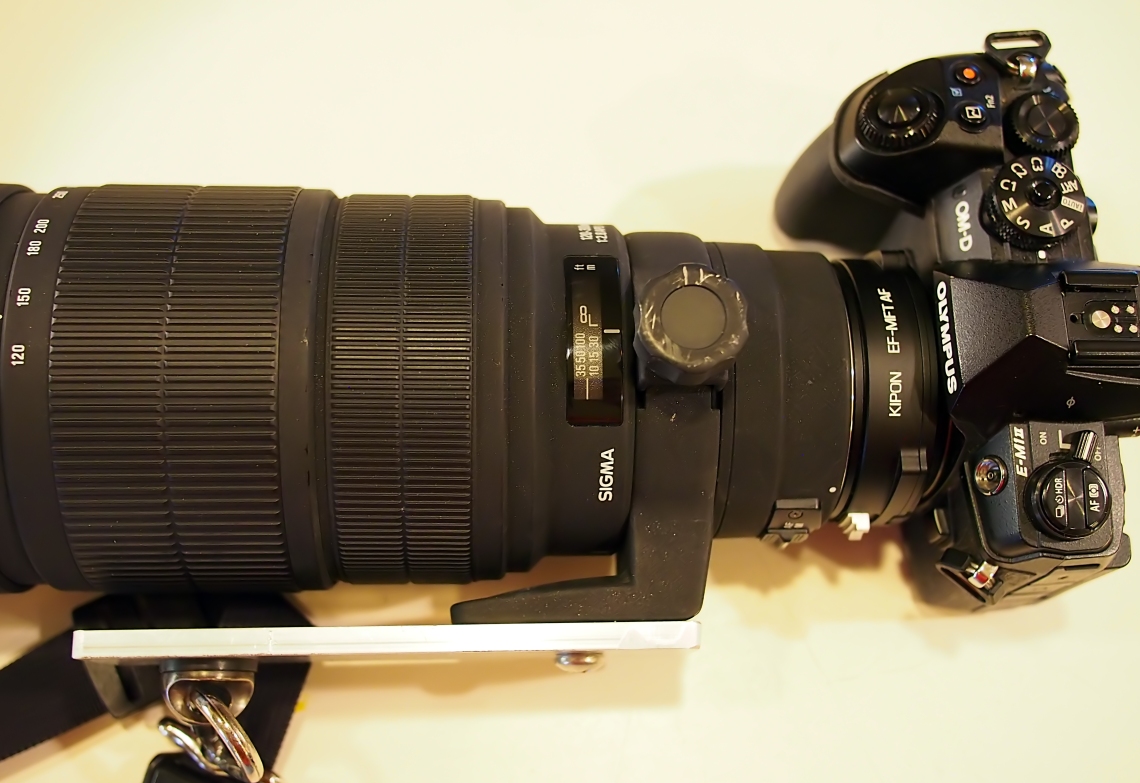I like to shoot prime lenses because I have a bit of a Type A personality and want to always know that I’m getting the sharpest, highest image quality that I can.
When I shoot wildlife, I’m usually carrying my Zuiko 300mm f/4 IS Pro since it is wonderfully light and optically astounding. Check out the detail on this Green Cheek parrot I encountered recently. It is also currently the highest focal length prime lens offering in the micro 43rds world. I’m still lobbying Olympus for that 500mm f/4. Or Panasonic. Or Sigma.


You will notice that I had to shoot at very high ISO and cleaned up the noise in post. Sometimes you need that faster lens. And sometimes you also need a zoom when shooting in harsh outdoor conditions that limit what you can carry and also limits the opportunities when you can safely change lenses. As spoiled as we are with the diverse selection of m43 glass, there are glaring deficiencies for wildlife & sports telephoto zooms. There is the Panasonic Leica 100-400 f/4-6.3, but it’s soft and the slow on the high end. Olympus used to have its own 43rds 300mm f/2.8 for $7k. But that’s been out of production for years. Until they found a few more they wanted to finally clear from inventory and slashed prices to $3500 a few weeks ago. But that too is a prime, and a heavy one at that.
Once again, the solution is from Sigma. I give you the Sigma 120-300mm f/2.8 APO EX DG HSM (Canon EOS mount).


You can observe that the Sigma lens appears to be similar in size to the Zuiko 300mm f/4 despite being one stop faster, but when handling the Sigma you really feel that it is nearly twice the weight. Once again, there is no need to go and buy a new, current model of this Sigma lens. Not only will you pay more than I ever want to pay for a lens, you will be getting the new optically stabilized model which not only has a more complicated optical prescription but is 2 lbs heavier. And Olympus owners don’t need no stinkin’ lens stabilization. I picked up my used copy off eBay for the satisfyingly depreciated amount of $800 USD. And I’ll likely recoup that same amount in a few years when I sell it on.
But the question is, as always, is it any good?
I performed my usual MTF tests on the lens using some Olympus zooms as a benchmark. There’s the vaunted m43 40-150mm f/2.8 Pro with the 1.4xTC to bring it to 200mm and the 43rds 50-200mm f/2.8-4 SWD. Red is MTF10 and green is MTF30.

And the Sigma is a performer. I’m sure it’s not as sharp as the 300mm f/4 Pro prime lens but even wide open it beats some pretty respected Olympus zoom glass. And with the EOS mount you have the option of using the 0.71x Metabones Speedbooster and being able to wield a 85-210mm f/2 lens which is getting you deep into exotic territory. I’m hoping to go shooting with it today for the first time so I’ll append some images to this article.
(Later that day)
Unfortunately too early in the year for any wildlife targets in my neighborhood nature walk that follows the ravine system of the Don River here in Toronto. Before the leaves return to the trees, abandoned bird’s nests, occupied squirrel nests and de facto mausoleum wasp nests are starkly visible. The rising Moon made a nice composition and showed off the smoother bokeh of the Sigma’s larger aperture.

Click the image to view at full size
One final comment on the Sigma 120-300 lens of this generation. The current models have a much larger/longer lens tripod collar foot which when attached to a sling probably allows the lens to balance perfectly. The foot on this lens is very short and when worn on a sling causes the very heavy nose of the lens to swing downwards, impeding walking. I attached a piece of .25″ thick aluminum onto the foot to bring the sling attachment point forward so that now it balances properly.

Addendum (March 3)
Walking around with a properly balanced telephoto lens makes the whole rig feel lighter. I had much more success with the local wildlife as well. Don’t forget to click the images in order to pixel peep them at 100%, the Sigma is that good that it easily tolerates that type of scrutiny. Focus speed was very quick with the new Olympus E-M1.2 firmware update that was just released, so quick that at one point I actually caught a bird in flight.


And the versatility of having a zoom is demonstrated below.


If this is your first time here, be sure to click the HOME button at the top right to see other similar articles they may be of interest to you.



For the Sigma dont you need a EOS to MFT adapter?
I am using Canon 100-400 mkii with Metabones adapter its good but focus is relatively slow and I see lots of hunting…
LikeLike
Yes, I use the Kipon EOS-MFT smart adaptor to shoot at 300mm. Focus hunting might be related to a dark target, this Canon lens is relatively slow at f/5.6.
LikeLiked by 1 person
That’s neat, but I can’t imagine not being able to autofocus in a situation like that. I would love it if Sigma made a native Micro Four Thirds lens like that.
LikeLike
Very interesting report.
How does this work with E-M1 mk 1 ?
Thanks !
LikeLike
I imagine the AF would work about the same.
LikeLike